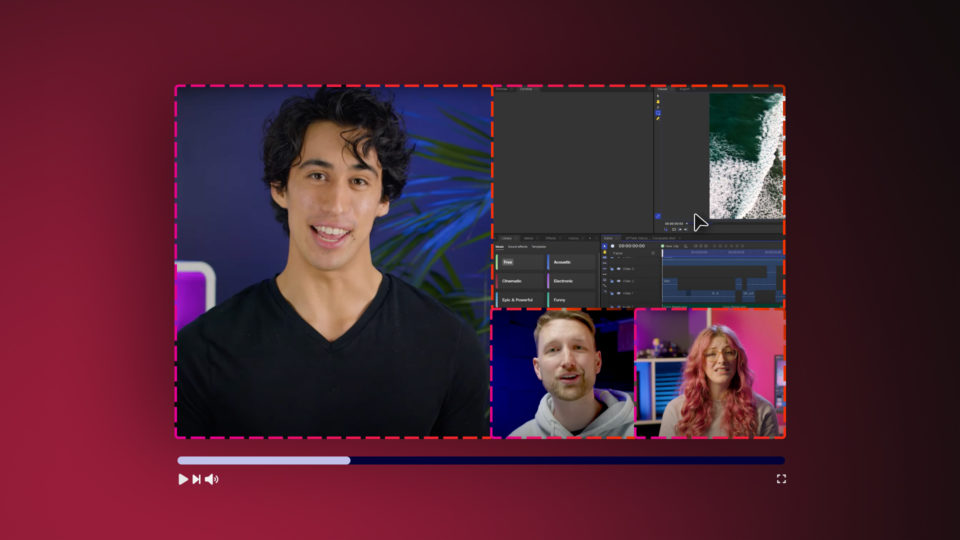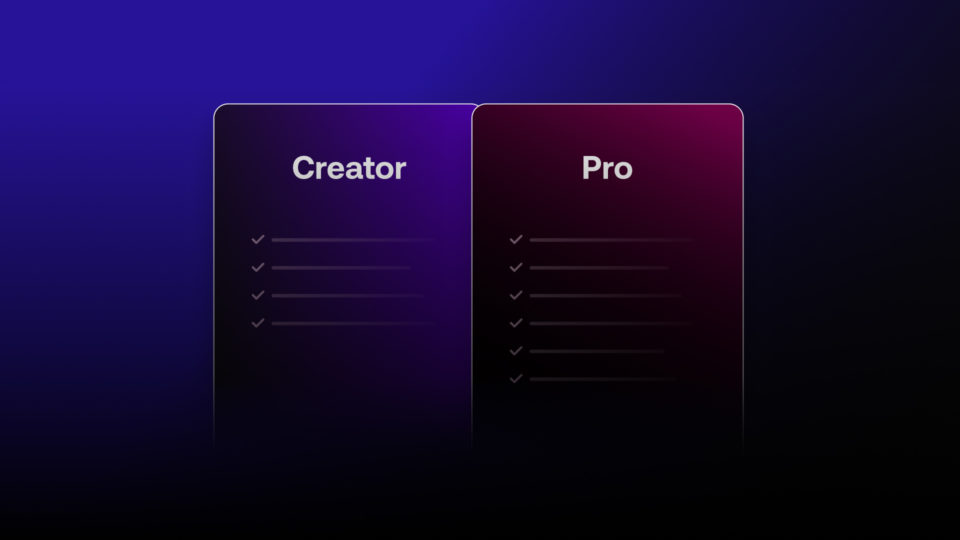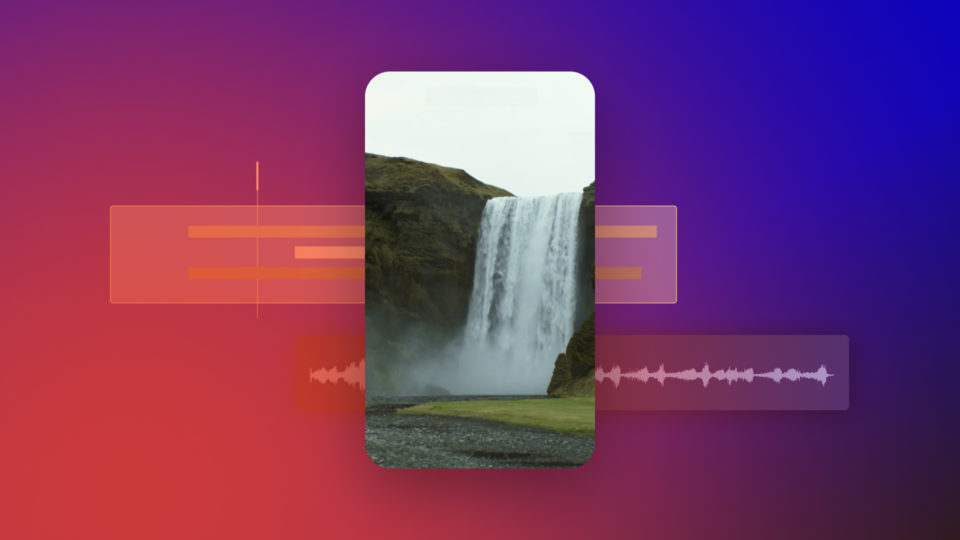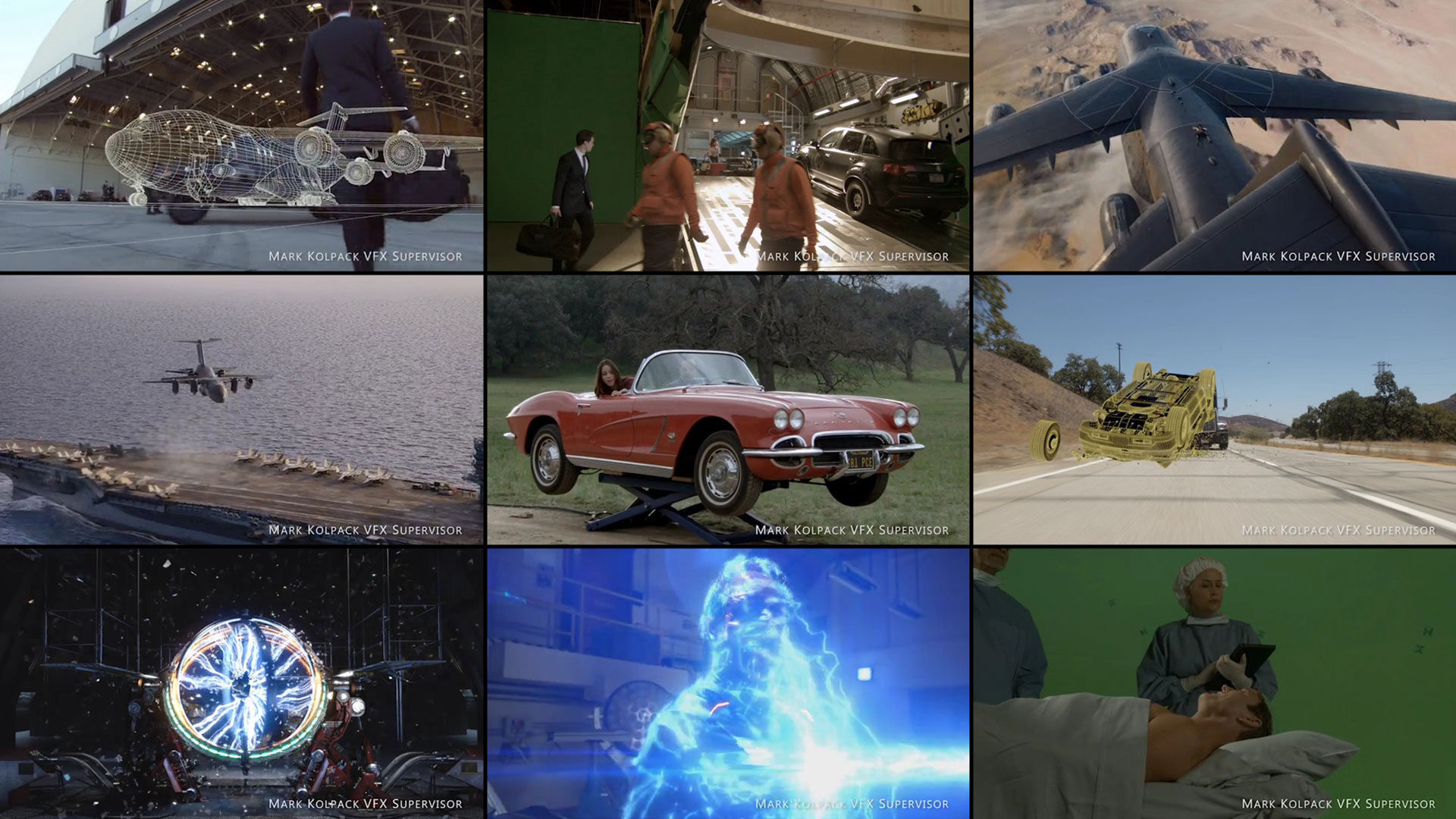We recently had the good fortune of encountering Mark Kolpack, Emmy-nominated visual effects supervisor on none other than Marvel’s Agents of S.H.I.E.L.D. for ABC. We’re big fans of Marvel’s movie and TV work, not least due to our collaborations with Territory Studio, and even in an established studio setup such as on SHIELD, HitFilm offers interesting new ways to create super fast previz.
Mark’s career stretches back to the mid-90s through shows including No Ordinary Family, Heroes, Buffy the Vampire Slayer plus the movies Rush Hour and Blade. Despite heading up Marvel’s prime time TV show he still finds time to interact with fans and filmmakers on Twitter, sharing techniques whenever he can.
Not wanting to pass up the opportunity to dive into twenty years of VFX experience, we locked Mark in Agent Coulson’s interrogation room and didn’t let him out until he’d answered some questions.
HitFilm: With TV now so much more ambitious than 1990s and even 2000s shows, how does working on TV compare to working on movies?
Mark Kolpack: Time and budget are still the great divides when you compare the two initially. Movies can take up to a year and half on average from production to finish not including prep. Other large tent pole films can take much longer two years to even three like Mad Max Fury Road.
In television we have a very finite schedule for production and post that is all bound by the air dates. So we have to do any Research and Development in a very short amount of time. I jokingly say, my ride from home to the studio in the morning is my RnD time. We run very efficiently to maximize our efforts on shot design with budgets geared toward getting the most bang for the buck that we possibly can. We’re always working to uphold the Marvel cinematic brand in a television medium. My own goal from the start was to make the cinematic universe and television universe feel complimentary.
On MAOS, we shoot at 2k resolution and deliver at 1080p. At 2k we’re the same as film with the exception of 4k films. Daredevil for Netflix finished in 4k. That is just a crazy amount of data to manage but more and more projects are going that way.
In television we work to craft specific sequences per script. In between those sequences we have our usual compliment of plane shots, HQ Hangar establishing shots and the assortment of powered individual shots. We average anywhere from 80 to 150 shots per episode. The time frame varies due to the post finishing schedule. Just know that we jump on shots / sequences very early in order to make them as great as possible. Still, I could always use more time.
HF: You’ve worked on two seasons of SHIELD. How did you approach the Marvel universe on TV, with audiences already familiar with the scale of the feature films?
MK: The trick to TV is we are always looking for a way to shape our work so that it may not be as thick in layers as features shots but feels like it is.
Occasionally we will see a signature VFX shot from the films that needs to be in our show. The Bifrost Bridge from Thor for example. That element was recreated from scratch using stills and QT imagery as our guide. We replicated it just about perfectly I’d say in a fraction of the time it possibly took to develop it for the film. Often we’ll share models. The Quinjet and Helicarrier are models that we got from ILM. Those models are generally super heavy and dense with data. So we have to pull out geo in order to make it HD friendly or simply manageable to work in our TV schedule.
HF: What is the specific role of a VFX supervisor?
MK: The VFX Supervisor is the department head for all the Visual Effects created for the show. My responsibilities run from doing the initial shot breakdown on a script to story boarding some CG-heavy sequences, to working with the directors, actors, production designer, grips and electrics etc. I prep the work, supervise and design the shooting of the elements, to working out timings and shot counts with the editor and producers. Then of course I supervise my VFX vendors who are charged with creating the work.
This is a job and craft that requires a person to have a multifaceted skill set. You need to understand directing, camera, lighting, editing, SPFX, art direction, and the myriad of VFX software packages being used. A smart supervisor knows to do a shot practical whenever possible.
You also need to know how to handle the politics. There is a lot of that and it is important to know who does what and how and when. A skill I have mastered is to positively manipulate people to get what I want. A supervisor must be able to think on his or her feet quickly. You have to problem solve not just in prep but when things take a change on set and now your plan has to change. There is no time given to someone who can’t move quickly and being able to make the right call at the right time is crucial.
Often, VFX is seen as the redheaded stepchild when arriving on set. The crew feels that time will now come to a screeching halt. It’s the supervisor’s job to get onto a set, lend security and confidence and not hold production up at all. Some shots do take time and that is fine. But it is only fine because it’s planned that way, not because the supervisor didn’t know what he or she was doing.
All of these skills take time to master. You cannot graduate from school and think for one second that you can walk onto a set and act as a VFX Supervisor. The best in the business have mastered each rung of the ladder before taking on the next one. Understanding all of these disciplines will make you great. But most importantly, you have to have an artistic eye. That is God given. Without it you’re a technician whose work will often feel stillborn.
HF: What movie first got you interested in visual effects?
MK: From the time I was a kid, I was fascinated by Universal’s classic monsters. The Wolfman, Dracula, Frankenstein, Dr.Jekyll and Mr. Hyde. I watched Star Trek in the 60s every night. I loved all things horror and science fiction. Then in 1977 when I was 16, I was working my summer job at my father’s medical practice. His transcriber was part of a screening group. She often gave me tickets to film screenings. Then one day she tells me about a screening I might like for a film titled Star Wars. It had not been released yet and was virtually unheard of. I looked at her and thought Star Wars? What could that be about? She had no idea but said it might be a space movie. So I said okay and decided to go see this film that was probably about stars that go to war.
I took my buddy to this oddly titled film that had me intrigued. The lights went down and then the prologue text crawls up and into the screen for what felt like a long time. All I kept thinking about was, “man, I have to read in this film.” Then the text ended and nothing until the ships came into frame overhead. I had never seen anything shot like that in my life! How the hell did they do that? It looked real to me. Perfectly real. In a moment of awe, I literally felt a switch in my brain pop on and my brain began to rewire itself. So from that film forward I knew that I wanted to make visuals that were as amazing as Star Wars.
HF: How has the VFX industry changed since you first started working professionally?
MK: Well that is a big question isn’t it? The largest change is moving away from a photo chemical process to a digital one. When I got into the business back in 1985 as an apprentice film editor, everything we did was on film. We used optical houses to create our opticals and truthfully everything was much more tactile. You touched and worked with film running through your hands and understood that in 35mm film there are 16 frames to a foot and 90ft per minute. You used count sheets on paper to lineup up your opticals using key numbers running alongside of the film. There was a feeling of immersion when cutting film. Something traditional, special, that we no longer have or use today.
Then came the expensive post production digital compositing bays. These bays ran the Harry’s, Henry’s, Flames and Inferno image manipulating and editing software and hardware. These were million dollar VFX rooms only seen in large post facilities that felt like real time compared to the days and weeks it took going through the lab process. They were first geared toward broadcast television and at that time we’re working in standard definition television which was 525 lines of resolution. We transferred the 35mm film in telecine to a D1 digital tape stock at a resolution of 720 x 486 lines of resolution. The digital data was then captured via D1 Video capture card where it was then worked on by the artist in an often supervised session of 8 hour days.
After the success of standard definition image manipulation, the goal was to duplicate this equipment for 2k work on films. Quantel who made the Harry and Henry developed the Hal for film work. Discrete Logic who made Flame created Inferno. 35mm film was scanned frame by frame taking all of the latitude of the negative and essentially capturing it as digital data to be worked on. When a shot was done it was recorded back onto new 35mm film negative.
Next came the digital cinema cameras that began changing the way film production worked. That was the beginning of the end for 35mm film shoots. Some directors still require and demand it today but for the most part it has sadly fallen away.
The last big event was when visual effects landed onto the desktop platform. The pricing paradigm changed dramatically. While the desktop systems were not as quick as the million dollar bays they made it possible for all sorts of people to get into the VFX game. That was both good and bad. This created too much flux in the cost of VFX and no one knew which way to turn except for the cheapest rate. Do we go with a big house or do we use these kids in their apartment? Eventually enough producers got burned by the small boutiques or micros and realized that the frustrations and challenges to making great work and even acceptable work were not worth the potential cost savings that ended up often costing them more in the end going with those tiny vendors.
In my career thus far I have been a part of the 35mm film production world where we cut on film using Moviolas, KEMS to digital cameras with digital non-linear editing such as the Avid. The world has changed greatly in a short 30 years.
HF: Now that you’ve used HitFilm, how do you think the accessibility of modern visual effects software will influence the next generation of artists?
MK: The more these software packages are able to do, the greater the visualization of work that can be created. I have seen us go from a photo chemical-based process to a fully digital one in what feels like the blink of an eye. The bridge between 2D and 3D is getting stronger and stronger. With software that encompasses compositing, editing and color correction like HitFilm at a price point of three hundred dollars is mind blowing, honestly.
Today’s young artists who are coming up have an amazing set of tools to get their hands on. In my day every piece of software in 2D was located at a facility in a million dollar room with huge onsite support required. So if you’re a truly gifted and talented individual looking to get into visual effects, then there are really no excuses why you can’t reach your dreams. HitFilm certainly can be a player in allowing the next generation of artists to reach their goals and maybe even some they haven’t thought of yet.
HF: What would your main advice be for young filmmakers who want to forge a career in the VFX industry?
MK: There are so many ways to get into the film and visual effects industries today. There are far more options available than when I got started. For me, it was super 8 movies then 16mm ones. Today it’s an iPhone. You can put your films up on Vimeo or YouTube, where potentially thousands of people will see your work and praise and maybe offer you some sort of development deal. It does happen.
What hasn’t changed is the fundamentals to this medium of storytelling. You have to know how to tell a great story using pictures. I recommend going to film or art school. Study photography, literature, cinema history, art history, learn to paint and draw and become a keen observer of life. You’ll have to replicate it, manipulate it, fashion it into something fresh and exciting that will elicit emotions of joy, wonder or sadness. You have to know about shadow and light, color and composition. You need these to captivate an audience and bring them into your world. And to do it well you must study and practice and learn from those who have come before you.
Explore and be humble. Admit when you don’t know something. Never bullshit a professional. They can smell it a thousand yards away. And always take responsibility for your mistakes and credit the team for your successes. But most of all, be honest with yourself and your talents and keep moving forward even when life makes it feel like you’re moving backward.
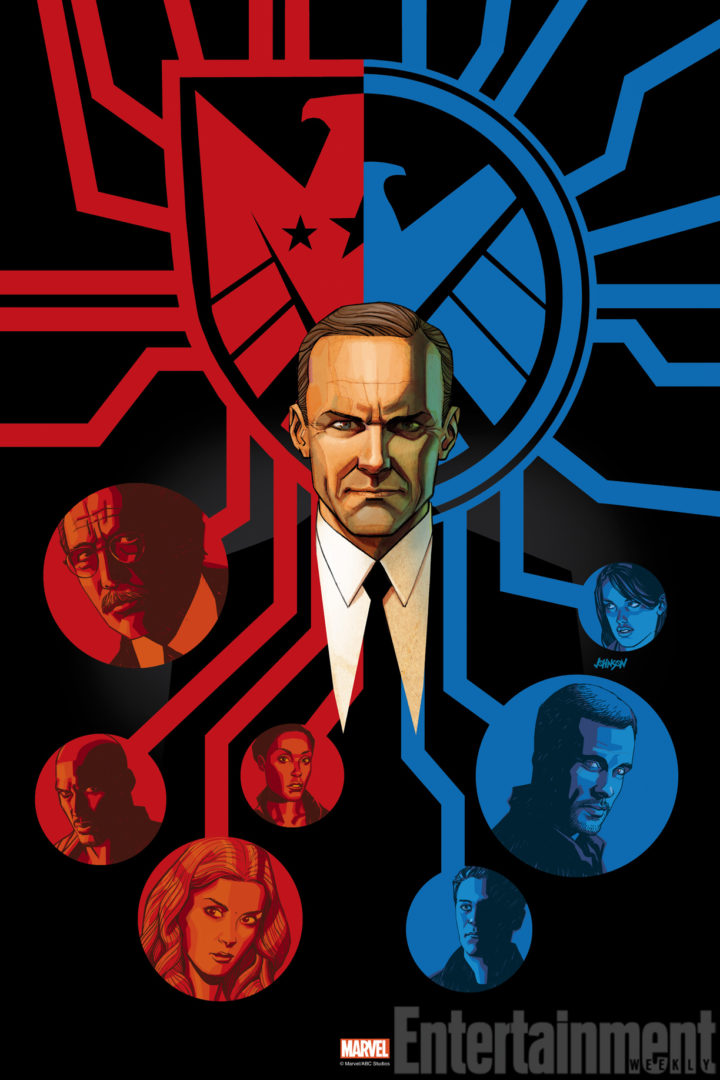
HF: Congratulations on the Emmy nomination for Outstanding Special Visual Effects. How important is it to you and your team to have that kind of industry recognition?
MK: Thank you. It is always a huge compliment to have one’s work recognized. Being on a broadcast show, creating this level of visual effects work, is something that the entire team is very proud of. We’re operating at a level of quality that we feel raises the bar on network television. So having the work nominated for Emmy is wonderfully gratifying. To be able to see our show nominated right alongside the cable shows like Game of Thrones or Black Sails makes us feel great.
Many thanks to Mark for taking the time out of his schedule to share his experiences with us. Agents of SHIELD is back for season 3 tonight on ABC!

